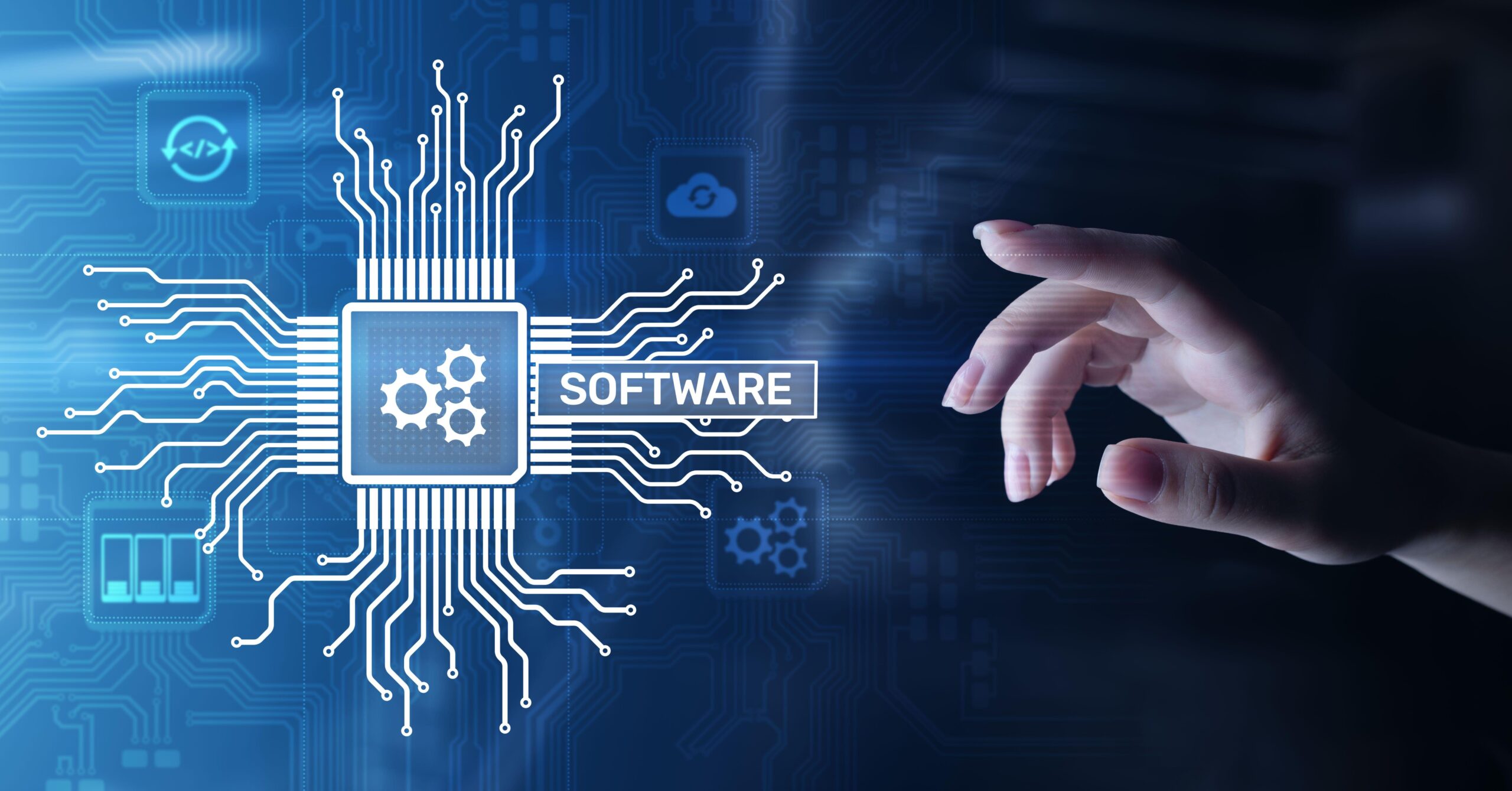Technological trends have a major impact on software development, a profession that has seeped into the pores of the global society. As video games, SaaS, and streaming platforms are now integral parts of our daily lives, we welcome any change that would improve the availability and quality of these digital products.
Given the need for constant technological improvements, it’s really hard to predict how software development will look ten years from now. It’s most likely that companies like Entrance will try to introduce solutions that would allow them to create new types of features, fresh designs, increase software security, and enhance products’ quality of life.
Right now, there are seven major trends that are driving progress and innovation within the industry:
Emphasis on AI
In the last few years, industry pundits have been constantly focusing on artificial intelligence and machine learning as the most significant driving forces behind modern software development and the economy as a whole. According to early predictions, by 2030, the AI industry will account for 21% of the US GDP.
It’s hard to predict what kind of a long-term impact these technologies will have on software development and society as a whole. Right now, we see a push for introducing AI and ML to all industries and aspects of our lives. Technology is already changing how we communicate, design, and provide various services. However, the change won’t stop there.
Don’t be surprised if, in the near future, software development becomes heavily reliant on programming languages and frameworks based on artificial intelligence. Furthermore, based on what we can see right now, digital solutions that don’t use some form of AI/ML technology will probably become obsolete soon enough.
Focus on cloud computing
The SaaS model has become the prevalent software format, not only for businesses but also for commercial users. Going with a cloud platform seems like a no-brainer, given the massive advantages you can get from it. This is also reflected in financial numbers, with the SaaS industry valued at $195 billion.
Most notably, using cloud computing products allows you to unburden your systems, thus saving money on employees and security. In fact, if you have a small or medium company, SaaS allows you to almost completely circumvent the creation of an IT department.
Cloud computing is seemingly a perfect format for all entities as it simplifies delivery and accessibility. As long as employees have access to the Internet, they can access the platform, share data, and communicate with other team members. Among others, users can also benefit from data sharing and real-time updates.
Software development teams are well aware of this trend and are trying to switch all their business online. Aside from allowing developers to create a user-centric experience, the cloud model also provides some other benefits for IT brands. For example, it allows brands to roll out half-finished products and generate revenues worldwide.
Python in the limelight
In the last few years, Python has established itself as the most popular programming language. Unlike some other options on the market, this solution is lauded for its versatility and simplicity. Nowadays, software developers use Python for a wide range of purposes.
Another fantastic thing about this scripted language is that it’s much easier to comprehend than some of the alternatives. It’s a beginner-friendly option with a broad framework, massive libraries, and easy-to-use syntax.
New cybersecurity solutions
Heavy reliance on modern technology doesn’t come without its risks. The number of global external attacks is exponentially increasing every year, causing all sorts of headaches for businesses. Just in 2022, data breaches caused average losses of $4.35 million per company, affecting more than 53 million US citizens.
We already see that these attacks have a profound impact on how software developers approach new projects. Nowadays, when creating new solutions, they put extra emphasis on protection and advanced tool accessibility. That way, even small clients can stave off incoming external threats.
The growth of SaaS will also have a major impact on how we address security threats. Clients will no longer have to develop internal security as the software provider will introduce the necessary safety measures.
IoT development
The Internet of Things will also play its part in modern software development. Right now, approximately 80% of US companies have introduced IoT products to their daily processes, something that also affects IT brands.
IoT is finding its way to our homes and also our offices. In fact, there aren’t many US families that don’t have at least one IoT device in their households. While these gadgets are fantastic in their own regard, their development requires an understanding of complex topics and systems.
These applications work with large quantities of data, and it’s up to software developers to create ways to interpret and process this data.
Low-code platforms
Low-code platforms are an ideal solution for teams that have one or several newbies. They allow aspiring developers to code by using platforms’ drag-and-drop functionality. In other words, low-code platforms enable employees to create apps without writing code from scratch.
While you might think that low-code platforms are geared toward IT providers, they are actually much better for smaller businesses. These companies can create simple solutions for their daily operations without having to hire a full-scale software team.
There are also cases where IT veterans might see benefits from these programs. For example, they can use low-code solutions when trying to speed up specific tasks or when they’re running late with projects.
Although the concept is somewhat new, experts predict that it will grow exponentially in the following years. The early studies indicate that this segment will grow up to $190 by the year 2030.
Quantum computing
Lastly, it’s worth mentioning quantum computing, which would allow computers to solve problems much faster than before. Right now, this segment is still in development, but based on everything we’ve seen so far, it has a bright future.

